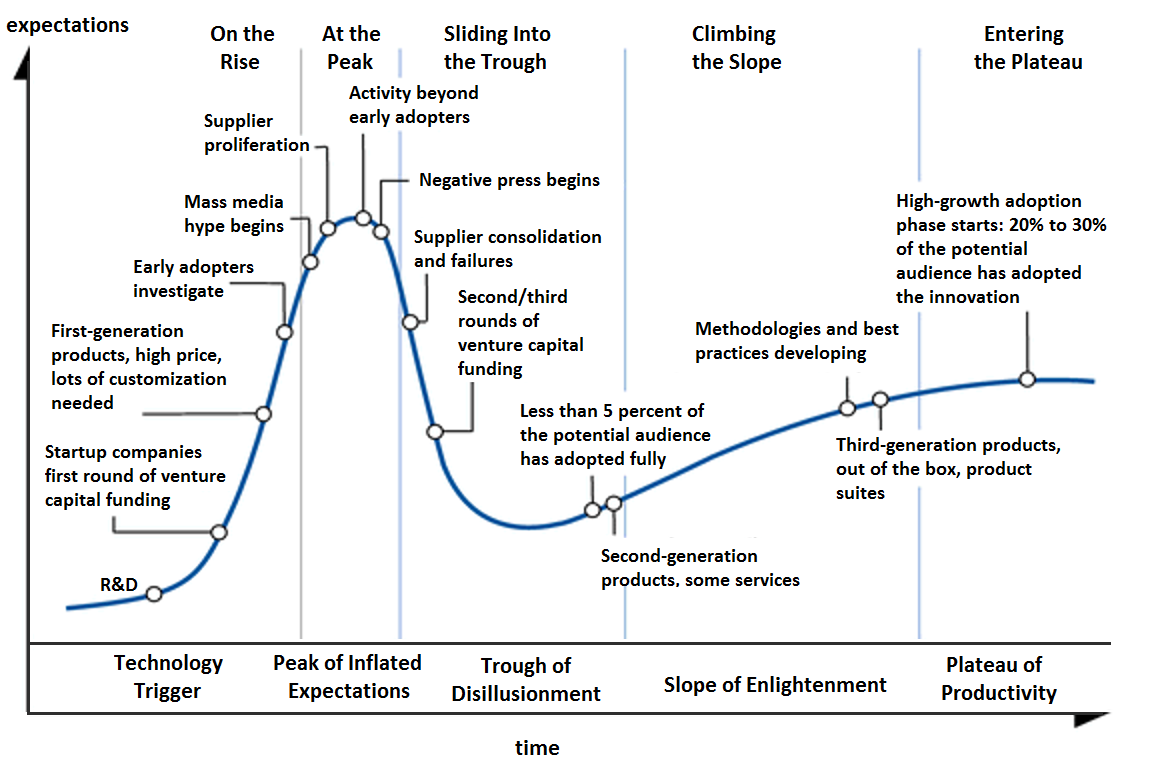Fintech is
a term describing companies combining technology and finance. It often relates
to small startups which bring to the market innovative technical solutions. Over
the last years, those fintechs have been developing a blooming offer of
financial services that are not available from banks. Banks are now facing a
competition coming mostly from those technology driven providers.
The services fintechs provide are,
for the time being, focusing on simple and standardized products which are not
knowledge intensive and that are not generating the biggest margins. They also
try to focus on products that are not regulated too much or take advantage of
grey areas in the regulation, not requesting banking licenses. This phenomenon
has been growing steadily over the last years in particular in the US and in the
UK.
Volumes
going through fintech companies grew from 487M€ in 2012 to almost 3B€ in 2014.
Regarding investments, 3B€ have been invested in fintechs in 2014 and the
forecast for 2015 is to triple, reaching more than 12B€. The number of VC
involved and the amount invested are increasing quickly: 520M€ in 2010 up to
2,8B€ in 2014 invested by 55 VCs in 2010 and 216 VCs in 2014 (Source Statisca).
Those VCs are predominantly coming from the US and Asia is lagging a bit
behind: in 2014, 1.8B€ from the US, 569M€ from Europe and 330M€ from Asia
(Source Statisca).
Fintechs have
been initially addressing the easiest segment: payments and they are gradually
expanding to all segments in particular banking and corporate finance which has
been developing significantly:
This growth
is surfing on the banks’ lack of innovation in particular regarding digital
products. New comers are bringing up to date
technology to the market in particular in the real time area where banks are
far away. Banks’ technology is sometimes more than 40 years old and mostly
based on mainframe technology working in batches. Hardly anything is real time,
most actions and events are taken into account the day after. Customers are now
used to internet and the real time capacity it offers. Even if banks have
invested a lot in online banking it still suffers from the batch mode impacting
the user experience.
|
New
entrants are not only startups but also big established internet companies like
Apple with the payment service Apple Pay, Google with an equivalent service
named Google Wallet, the telcos like Orange which has a banking license and
will enter the market in 2016. Those companies have a huge technological
capacity and they already own customers. Furthermore, there are, at least for
some of them, managing the hardware customers are using: they can manage an end
to end user experience from the device to the service. What happened in the
media industry is summarized by this quote from Jeff Bezos, Amazon’s CEO: “We
are not building devices for technology freaks. We are building devices for
people who like to consume and use media. We don't want to make money on the
devices, we sell them at cost price and hope that we then make money from the
Amazon offering that is linked to the devices. That is films, books,
newspapers, games and apps.”. Those technology players are in a good position
to offer a great user experience.
Another
example is Facebook which just introduced micro payments within members. With
1.4 Billion users including shops, restaurants, Facebook could withdraw a lot
of transactions from the regular banking system.
Another
strong point of those new entrants is their capacity to analyze data, including
personal data, using up to date technologies (Big data). This gives to fintech
companies the ability to offer more targeted services to customers or profile
their customers better and quicker.
Those
companies tend to integrate better in the whole chain. For example payment
services provided by fintechs are without much effort integrable in any web or
mobile site. This is a differentiating factor compared to banks which have most
often much less efficient technologies. For the company owning the web or
mobile app, it is beneficial to have a seamless integration at an affordable
cost.
But as seen
earlier, payments is not the only market fintechs are looking at. The main
fintech categories so far are (source Statisca): Payments, Banking and
corporate finance, Capital markets, Data analysis, Personal finance management
Inside
those categories there are a lot of different types of activities. Banking and
corporate finance includes peer to peer lending (consumer or/and business),
crowdfunding (reward based or Equity based), community shares (lending small
sum to small businesses), invoice trading just to name a few.
Data
analysis is an interesting emerging category were fintechs collect financial
data on individuals, markets or corporate in order analyze this data in a more
efficient way using up to date technologies to analyze huge amount of data.
They often use machine learning capacities to bring differentiating
capabilities to the market. Examples of this are credit risk scoring or
insurance data analytics.
Fintechs in
the Capital markets area are more software vendors than true service providers.
The knowledge is more important in that area and capital needs are huge.
Personal
finance management has been developing a lot including areas like Wealth
management and tools to visualize and aggregate all personal banking
information in an easy and comfortable way.
As
mentioned earlier, fintechs are attacking banks in different point of their
value chain. Together they have a large coverage of the products than can be
automated. Their capacity to move on more knowledge based products remains to
be seen. But their current scope can be already harmful for banks















